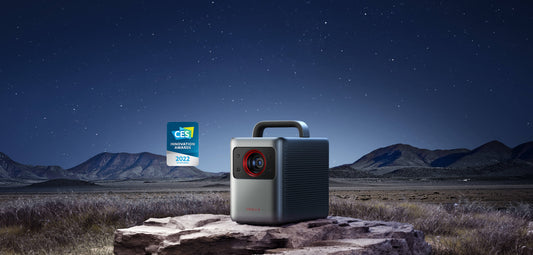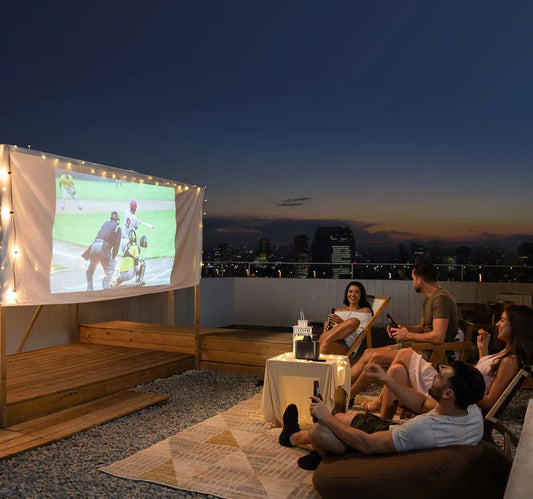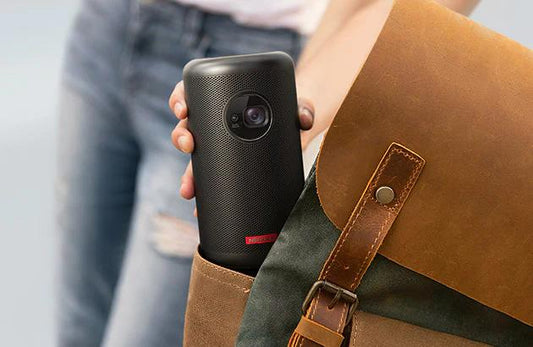How to select

Big Screen Gaming: How to Connect Xbox to Proje...
Can you connect an xbox to a projector? Of course you can! Gaming on a large screen is every gamer's dream. The immersion of stunning graphics and intense action can...
Big Screen Gaming: How to Connect Xbox to Proje...
Can you connect an xbox to a projector? Of course you can! Gaming on a large screen is every gamer's dream. The immersion of stunning graphics and intense action can...

How to Make Projector Brighter: A Practical Guide
In the realm of home entertainment and professional presentations, the brightness of your projector can significantly impact the visual experience. Whether you're watching a movie in a dimly lit room...
How to Make Projector Brighter: A Practical Guide
In the realm of home entertainment and professional presentations, the brightness of your projector can significantly impact the visual experience. Whether you're watching a movie in a dimly lit room...

Short Throw VS. Long Throw Projector: Making th...
Projectors have long been a staple in conference rooms, theaters, and homes, offering larger-than-life visuals on screens or walls. Yet, with diverse technologies and specifications available, selecting the right projector...
Short Throw VS. Long Throw Projector: Making th...
Projectors have long been a staple in conference rooms, theaters, and homes, offering larger-than-life visuals on screens or walls. Yet, with diverse technologies and specifications available, selecting the right projector...

Lamp vs Led vs Laser Projector - A Comprehensiv...
Projectors are essential tools for a variety of applications, and choosing the right technology can greatly impact your viewing experience. When it comes to projectors, there are three main technologies...
Lamp vs Led vs Laser Projector - A Comprehensiv...
Projectors are essential tools for a variety of applications, and choosing the right technology can greatly impact your viewing experience. When it comes to projectors, there are three main technologies...

Video Quality: An In-Depth Comparison of 720p v...
When it comes to immersive viewing experiences, two resolutions often take center stage: 720p, referred to as HD (High Definition), and 1080p, known as FHD (Full High Definition). Sporting striking...
Video Quality: An In-Depth Comparison of 720p v...
When it comes to immersive viewing experiences, two resolutions often take center stage: 720p, referred to as HD (High Definition), and 1080p, known as FHD (Full High Definition). Sporting striking...

Understanding Projector Brightness: How Many Lu...
Confused about how many lumens is good for a projector? Our guide helps you choose the right projector for your needs.
Understanding Projector Brightness: How Many Lu...
Confused about how many lumens is good for a projector? Our guide helps you choose the right projector for your needs.